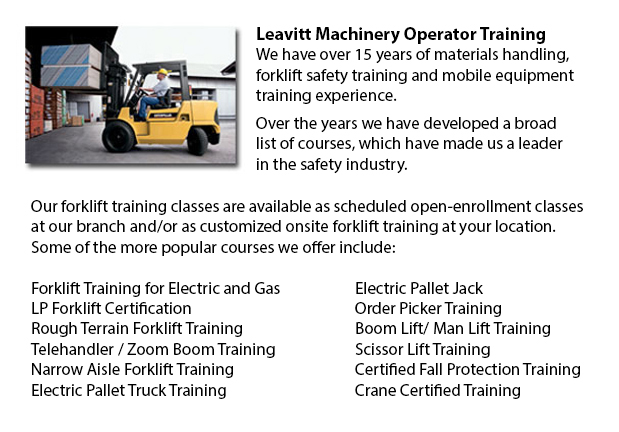
Boom vehicle are often applied by phone, cable television and utilities firms as they have extended folded arms which are generally folded over the roofs of company vans. On the end of the extension of extendable arms usually sits a bucket-like apparatus. When a container vehicle has an extendable boom installed on the roof this is often referred to as an "aerial boom truck" or a "cherry picker". It is capable of transporting employees to the top of a phone or utility pole. Bucket boom vehicles have a hauling capacity of approximately 350 lbs to 1500 lbs or 158 kg to 680 kg plus they are able of extending the bucket up to 34 feet or to around 10 meters into the air.
Heavy equipment boom vehicles or construction boom trucks might have a crane attached to the back. These cranes referred to as knuckle booms can be short and compact or be of the trolley boom variety, where the crane is able to extend the length of the truck bed. Hoist boom trucks possess a raising capacity between 10 to 50 tons or around 9 to 45 metric tons.
Concrete boom vehicles are a further adaptation. The booms on these vehicles have a pipe with a nozzle at the remote end and are used to pump concrete or other materials. The areas where these materials need to be deposited is usually inaccessible to the truck or is located at a considerable height, therefore, the boom of a bigger concrete boom vehicle may well be extended 230 feet or just about 71 meters. The truck then pumps the concrete through the boom precisely depositing it into the space where it is required.
Fire departments are equipped with a lengthy container boom used to hoist firefighters to the upper floors of a building. Once in place, this boom permits them to direct water onto flames or to rescue ensnared victims. Some of the older hook and ladder trucks have been displaced by modern boom trucks.
There is also a small self-propelled boom vehicle, similar to a forklift that is offered on the market for huge warehouses or production facilities. These mini boom vehicles may elevate staff to upper cargo areas or to the ceiling of the building. They are much safer and more steady than using an extension ladder for the equivalent application.
-
Crown Forklift
More -
JLG Telehandler
After retiring in the late 1960's, John L. Grove started on a cross country RV voyage. After spending many years establishing his family built crane business with his brother, John had no idea that this journey would give birth to the rise of JLG Ind... More -
Clark Forklift
Currently, there are no less than 350,000 Clark lift trucks performing worldwide, and more than 250,000 in commission in North America alone. With five major lines across the globe, Clark is proud to be one of the most expansive companies in the indu... More -
Genie Forklift
Genie Industries prides itself with the concept of lifting individuals and resources higher, extending beyond the products they design. A global company that is deeply connected to their clients and enjoys reflecting the spirit of relationship with a... More -
Rough Terrain Forklifts
There are actually two unique classifications of forklifts within the materials handling market, the industrial model and the rough terrain model. Rough terrain forklifts initially arrived on the marketplace in the 1940's and had been predominantly u... More

Forklift Training Tukwila
TOLL FREE: 1-888-254-6157
Tukwila, Washington
forklifttrainingtukwila.com
Email Us
About Us


